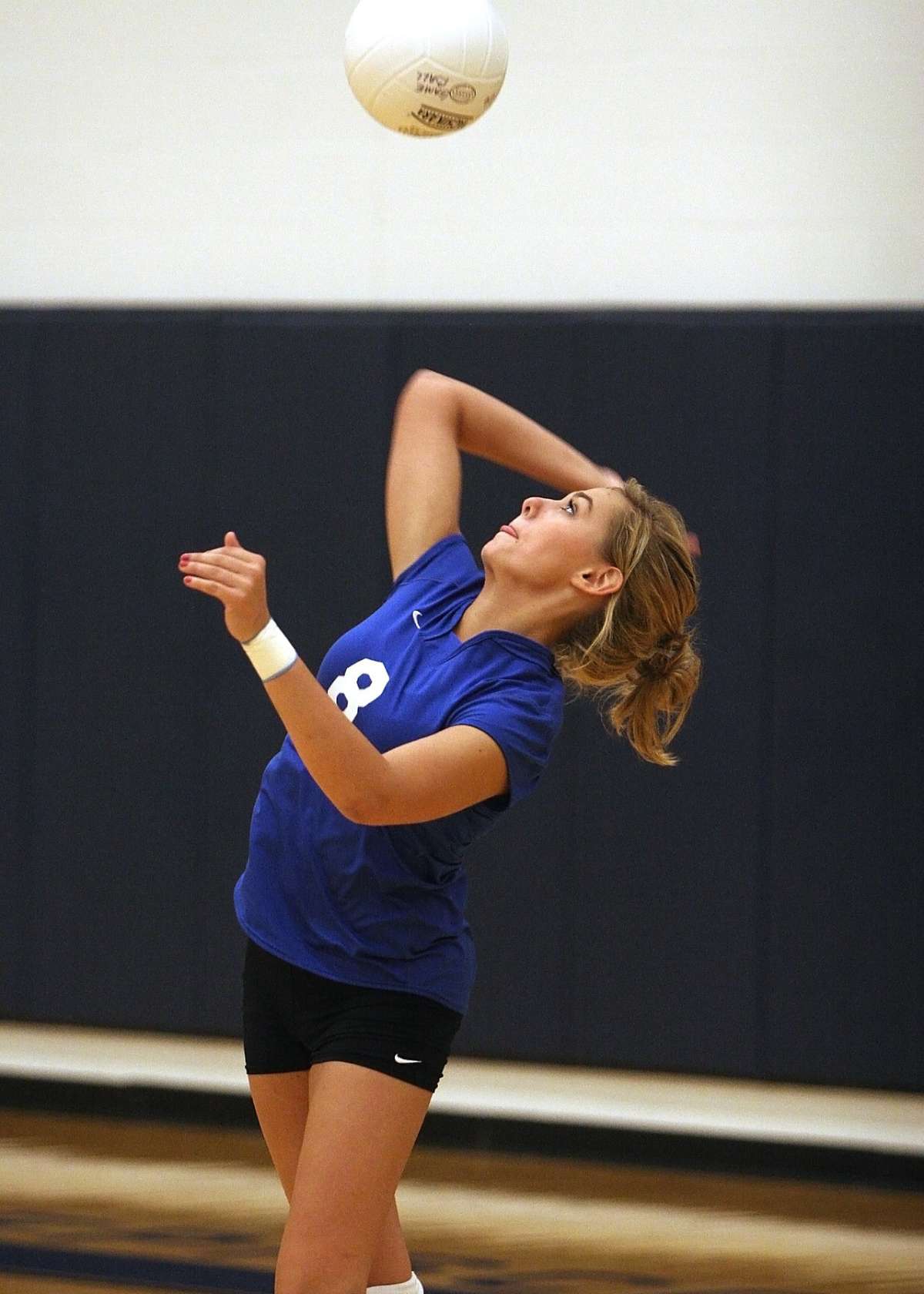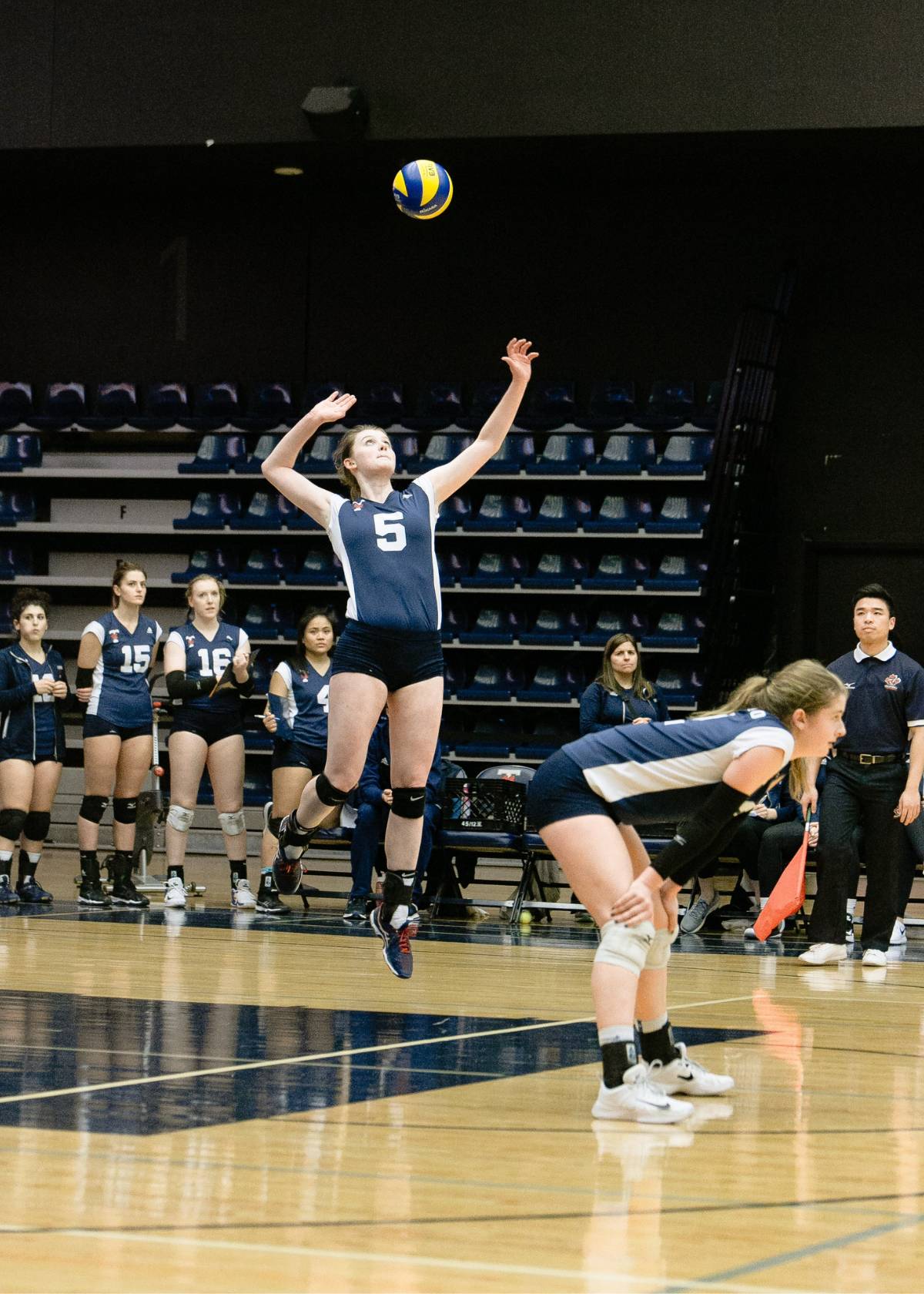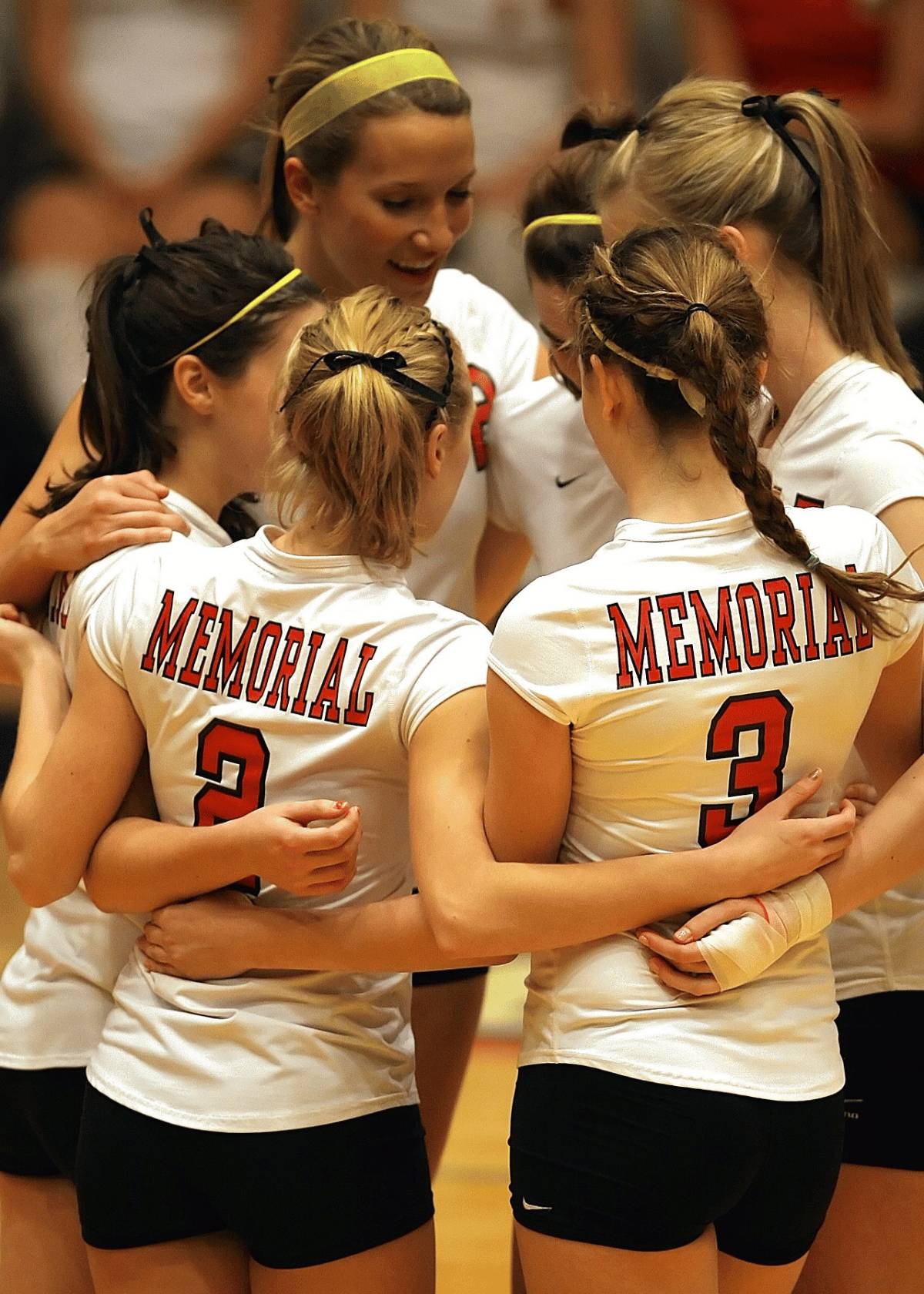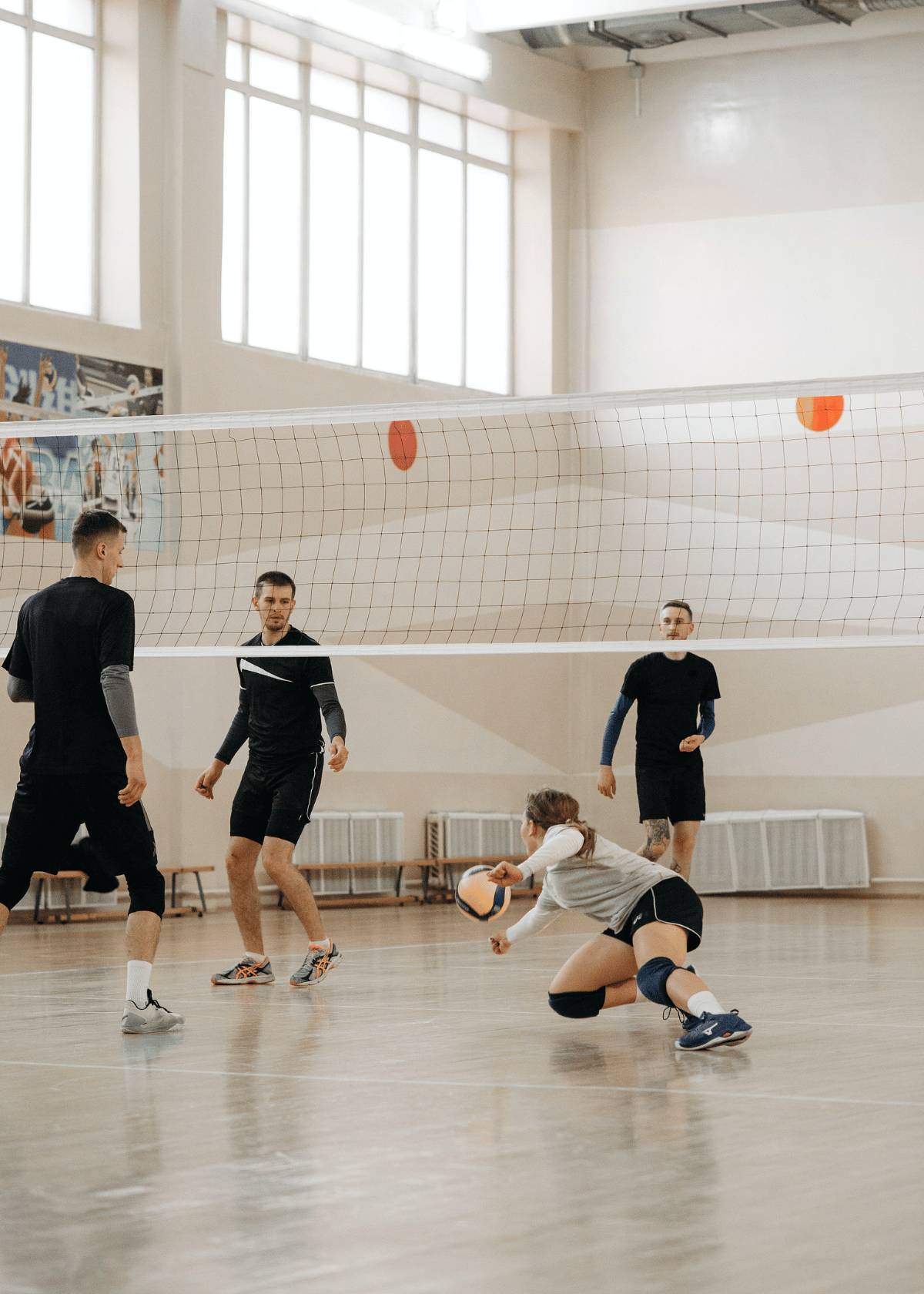Volleyball, a popular team sport, is not just about hitting the ball over the net and scoring points. There are certain rules and regulations that come along with it and one of them is the issuing of cards to players and coaches.
A yellow card is one such card that is commonly seen in volleyball matches. But what does it really mean? In this blog post, we will explore the meaning of a yellow card in volleyball and its significance in the game.
What is a Yellow Card in Volleyball?
In volleyball, a yellow card is a warning given by the referee to a player or coach for breaking the rules. This card indicates that the player or coach has committed a minor infraction that warrants a warning.
The yellow card is a signal for the player or coach to change their behavior immediately; otherwise, they will face more severe consequences. Before a yellow card, the referee can give a verbal warning to the player or coach for their behavior.
When Is a Yellow Card Issued?
A yellow card can be issued for several different reasons, such as:
• Unfair play
• Unsportsmanlike conduct
• Deliberate delay of game
• Making offensive remarks and gestures
• Arguing with the referee
• Disrespecting opponents
What Does a Yellow Card Actually Mean in Volleyball?
A yellow card is a warning that reminds players and coaches of their conduct and the rules of the game. The player or coach who receives a yellow card is allowed to continue playing in the match, but any further violations can result in a red card or possibly ejection from the game.
In addition to this, a yellow card can also serve as a signal to the entire team to stay focused and avoid further violations in order to prevent additional cards from being issued.
What Does a Red Card Mean in Volleyball?
Unlike a yellow card, a red card is a serious offense. It is typically given for a major violation such as fighting, verbal abuse, or repeated misconduct. Additionally, this penalty may also include a fine or suspension from future games.
If a player or coach receives a red card, it means they have committed a serious offense, resulting in a one-point penalty and service to the opponent.
What Happens if a Player or a Coach Gets a Red Card in Volleyball?
If a player or coach receives a red card in volleyball, the penalty depends on whether the red card is alone or combined with a yellow card. In the case of a single red card, then the penalty is less serious. The player or coach may continue playing in the game.
However, if the red card is accompanied by a yellow card, then it’s considered to be more serious and results in an immediate ejection from the set or the match.
Red Card Alone:
If a red card is given alone, it means that the player or coach violated a rule severely. The penalty for a red card alone is a point and service to the opponent team. However, the player or coach may continue playing in the game and the game will continue as usual.
Red and Yellow Cards Together:
If a player or coach receives a yellow and red card at the same time, then they must leave the set or match immediately. Their team must continue the remainder of the set or match without them.
If both yellow and red cards are shown by the referee at the same time and held up in the same hand, the team member must go to the team’s dressing room for the remainder of the set.
If the yellow and red cards are separately shown in each hand, the team member must go to the team’s dressing room for the whole match.
In addition to this, the penalty can also have a significant impact on upcoming games. Depending on the severity of the violation, players or coaches may be suspended for the next game or even several games.
Conclusion:
A yellow card is a warning card issued to a player or coach for minor violations in a volleyball game. It serves as a reminder to players and coaches to follow the rules of the game and avoid further violations.
On the other hand, a red card is a serious offense that can result in ejection from the game and even suspension from future games. As a volleyball enthusiast, it is important to understand the significance and consequences of these cards to truly appreciate the spirit of the game.
Hopefully, this article has clarified the meaning of yellow and red cards in volleyball. Knowing the rules of the game is essential for all players and coaches, as it helps them play their best and remain respectful to opponents at all times.
Discover the best volleyball equipment with ease by browsing through our top picks! We've done the necessary research to ensure that you don't have to.
Explore our collection of informative blogs on volleyball and sports and fitness!
























